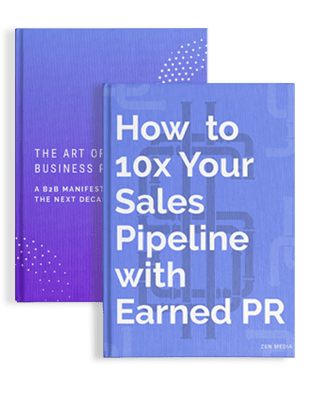Hey, it’s Shama Hyder, CEO of Zen Media.
Have you ever had an inferior competitor win the business you rightly deserved? Did you ever wonder why the prospect went with them when you clearly had the more superior product or service? In fact, why do certain companies win more than others? Google conducted a major study to uncover exactly this.
They studied how people make purchasing decisions, and what they found was fascinating. Rather than decisions being made linearly or in a funnel, as we once believed they were, they found that decisions actually get made in the “messy middle.” The way people make decisions is messy, and it’s about to get messier.
Still, there are a few things we know about purchase behavior.
We know that what happens between trigger and purchase decision-making is not linear.
We know there was a complicated web of touch points that differs from person to person. People look for information about a category’s products and brands and then weigh all their options.
This equates to two different mental modes in the messy middle: exploration, an expansive activity, and evaluation, a reductive activity.
People loop through these twin modes exploration and evaluation, repeating the cycle as many times as they need to to make a purchasing decision.
What’s fascinating is while they’re doing this, various cognitive biases are at play as they make their decision. Look at the dotted line that serves as an overarching umbrella for the entire process. Its exposure.
It’s up to you to ensure brand presence, so your product or service is strategically front of mind while your prospects explore.
If your competitor has greater share of voice than you, inevitably you risk losing out to them.
This is why sales-enabled PR plays such a crucial role in the buying process.
Contact us today, and we’ll show you how we’re helping hundreds of companies just like yours win in the messy middle.

